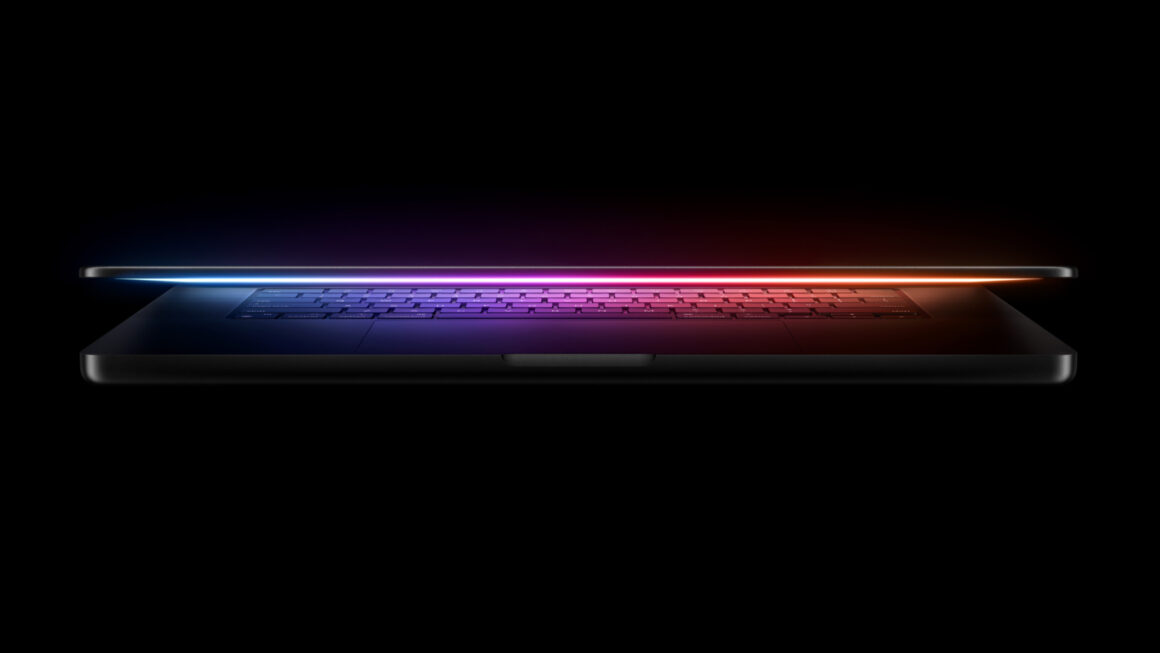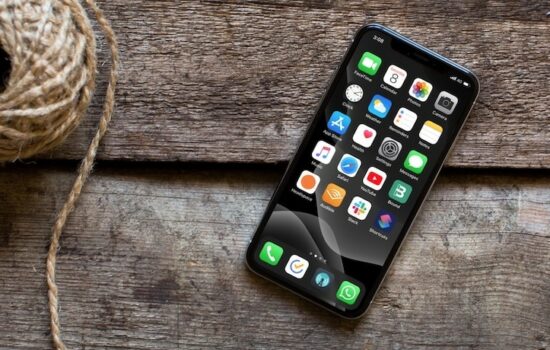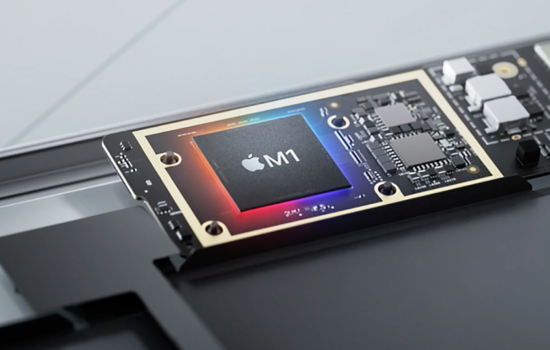In case you don’t know, the concept of built-in cellular connectivity inside a MacBook has been around as early as 2007, if not earlier, which was the same year that the original iPhone was introduced/released. In fact, in that same year, Apple had been developing prototypes of the MacBook Pro that featured a SIM card slot along with an extendable antenna. However, since that machine never came to fruition and thus never made it to market, that dream hasn’t become a reality since then, even though many more modern laptops feature integrated cellular connectivity, including Microsoft’s newly announced Surface Laptop 5G, which is available only to business customers. The main reason Apple hasn’t joined the bandwagon has to do with concerns for design and efficiency. As you know, cellular modems consume a bit more power than Wi-Fi antennas. Not only would they drain the battery a bit faster, but they would also generate more heat, so they haven’t been that energy-efficient compared to Wi-Fi technology.
However, the introduction of Apple Silicon has changed the game for the Mac. With its industry-leading performance per watt, Apple Silicon has enabled MacBooks to achieve substantially longer battery life compared to previous Intel-based Macs, and since they generate less heat, Apple has been able to explore new form factors for both laptops and desktops. We’ve seen this with the thinner iMac and MacBook Air as well as the Mac mini and Mac Studio, which both set the bar for powerful performance in a more compact space. Apple raised the bar again with its first in-house cellular modem, the C1 (codename “Centauri”). Introduced on the iPhone 16e that was released this February, the C1 allowed that smartphone to achieve even longer battery life when connected to cellular, and reviews indicate that the smartphone has the longest battery life out of any 6.1-inch iPhone model out there, even besting the base iPhone 16 by a margin.
With Apple developing both in-house system-on-chips and modems, the company can achieve more optimal levels of energy efficiency that just wasn’t possible before, and Filipe Esposito from MacWorld has discovered some leaked code that Apple has been developing 5G-enabled MacBook Pros. That was the same code that also referenced the upcoming Mac Pro with M4 Ultra. According to his report, Apple has been testing MacBook Pros with both the M5 Pro chip and the C1 modem. Those machines have the codename “t6050.” M5-based MacBook Pros were rumored to come out before the end of next year, but recent reports claimed that we could see the update pushed to as early as the first quarter of next year, although it’s not clear whether 5G connectivity would make its way to production units. Apple has also been rumored to be developing its second-generation C2 modem, so it’s possible that Apple is holding off until it introduces that modem on future MacBook models, potentially the M6-based MacBook Pros, since it’s been rumored to be a more substantial upgrade that brings a new design, tandem OLEDs, and more. Another possibility is that the rumored budget MacBook would feature a C1 modem. This would make it the first Mac with cellular, and it would be a great standout feature for that laptop. Plus, the C1 modem could serve as testing grounds for cellular technology on the Mac. Still, it’s now confirmed that we will finally be seeing a MacBook with cellular in the not too distant future.








